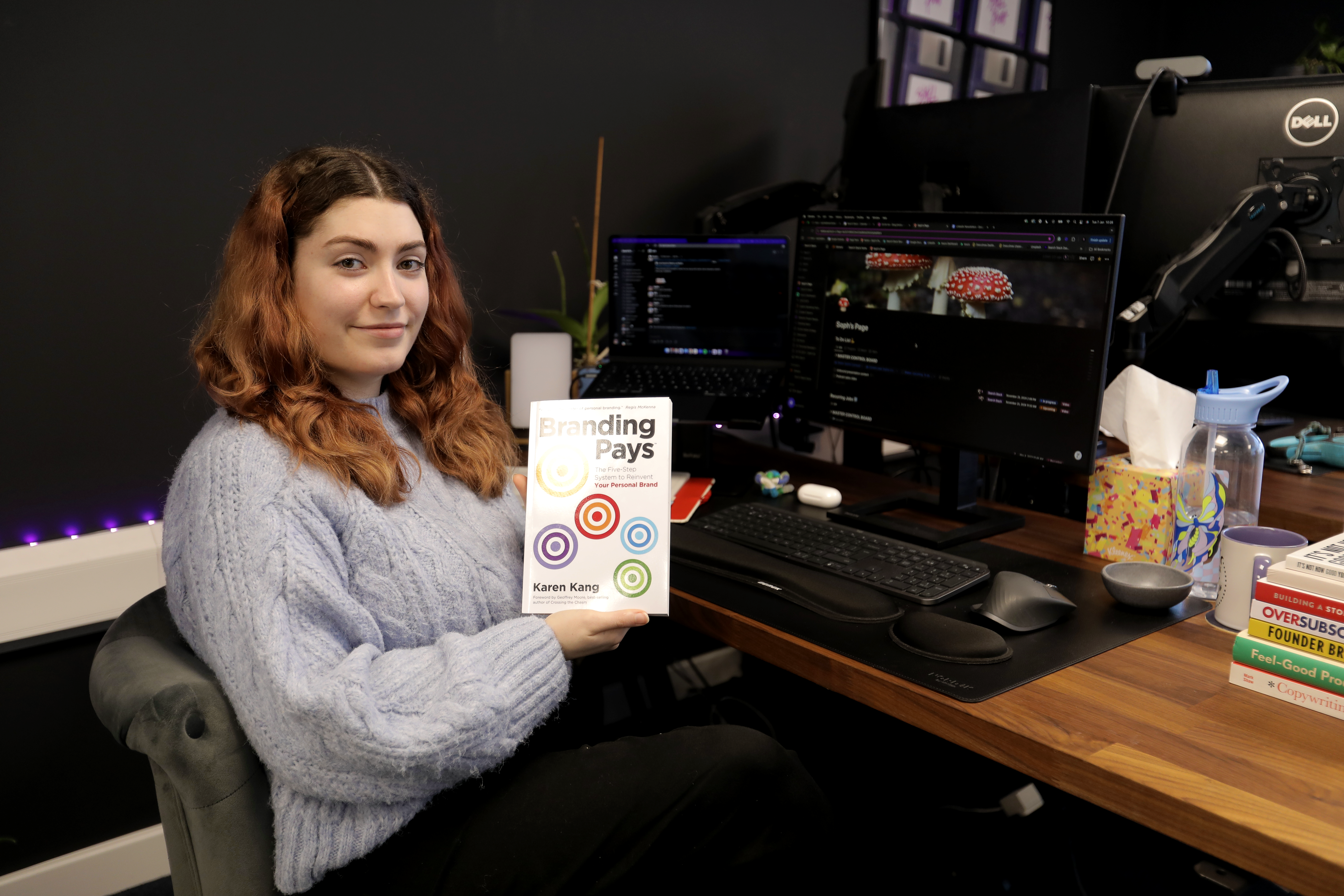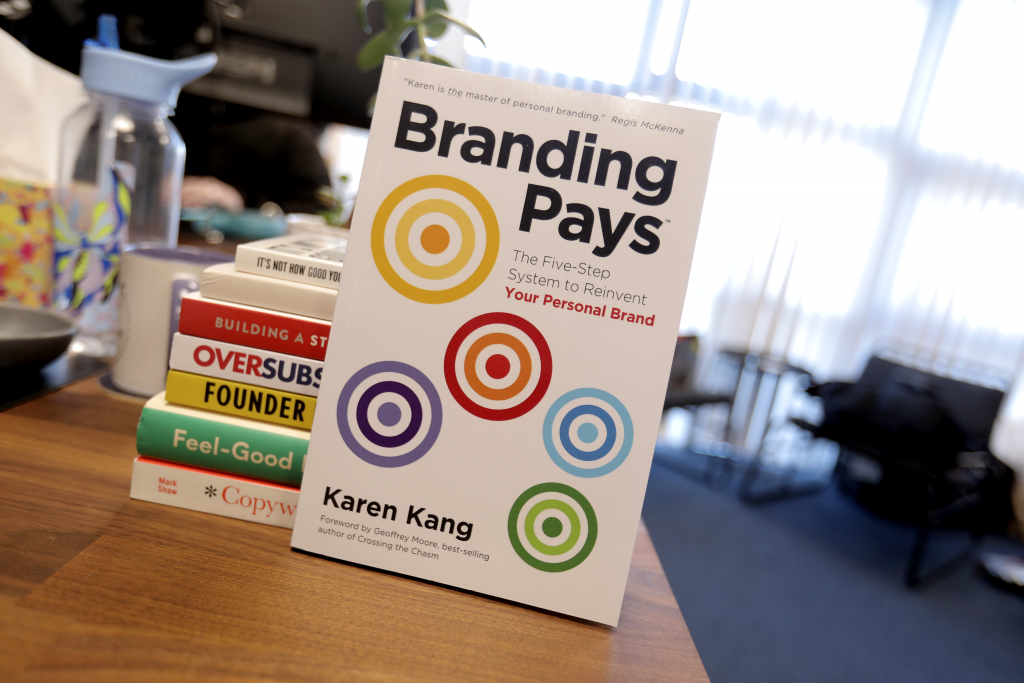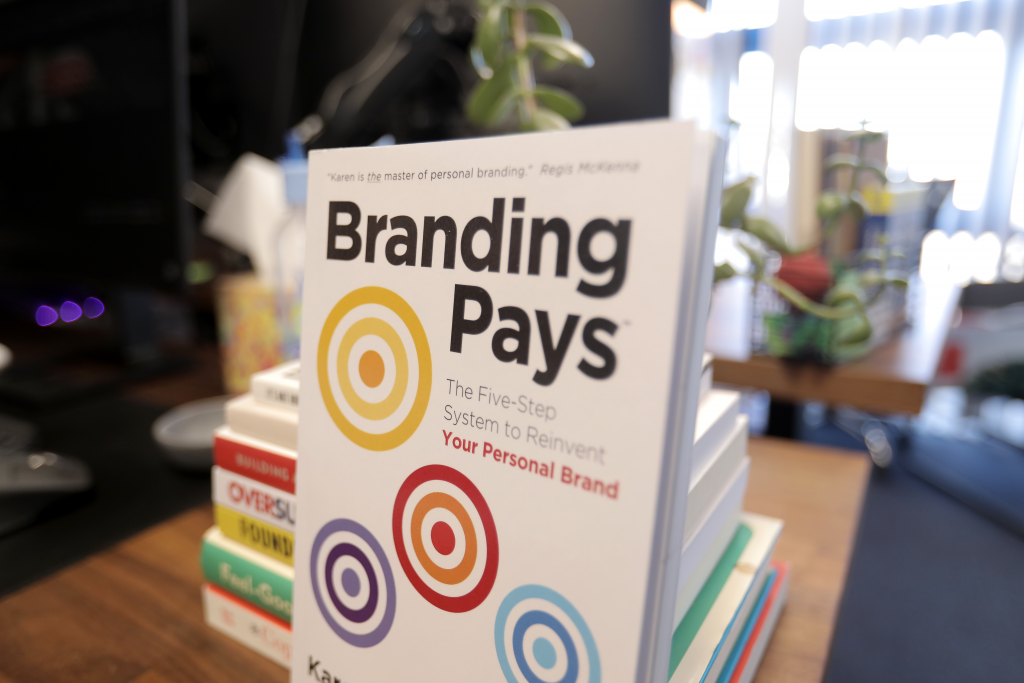Recruitment marketing can be difficult, especially if you’re the only marketer in a team of consultants who would rather eat an entire lemon than be on the company’s LinkedIn page. Here are ten tips to help you make better marketing collateral for your company:
1 – Set SMART Goals
This might be teaching you to suck eggs, but if you’re struggling to get people to join in with (or provide the budget for) marketing activities, it helps if you can prove that your ‘silly little TikTok dances’ are making a difference. Use this framework to make sure your results are measurable and effective:
- Specific – State the number of clicks, follows or conversions you want
- Measurable – Avoid intangible goals like ‘increase brand awareness’
- Achievable – Set realistic goals so you can celebrate meeting them
- Relevant – Make sure your goals align with overall company objectives
- Timely – Choose a date that you want to have achieved your goals by
Setting SMART goals helps to prove the impact your content is making.
2 – Write Better Job Ads
The biggest mistake recruiters and recruitment marketers make is writing lacklustre job ads. Nobody wants to read a company’s wishlist of unachievable qualifications and experiences. They want to know what’s in the job for them. What will they be working on? What support will they get from their team and the wider company? What’s the compensation package like? What’s the company’s mission? What are their values? You should be selling the job to candidates, not treating people like a commodity for your company.
3 – Build A Digital Hub
Your website is your digital home, but so many recruitment companies use it like a business card instead. If you fill it with useful content, compelling conversion copy and testimonials from other clients you’ve helped who had the same challenges, you can move your clients along their buying journey whenever they visit your website. Think of it like a hub that the rest of your digital presence links back to – whether that’s your email footers, LinkedIn pages, or anywhere else your company appears online. Everything you do should point people towards clicking that ‘Work with us’ button.
4 – Invest in Cornerstone Content
Making consistent content can take a lot of time, money, and effort. But, if you invest in making a piece of long-form cornerstone content, like webinars or a podcast, you can break that down into a stream of clips, graphics, quotes, blogs and posts that will sustain your marketing team for weeks or months on end. The cornerstone content itself can also be used for business development – inviting target clients to be your guest speakers is a great way to build relationships and trust with them before you start to sell them your services.
5 – Drive Engagement on LinkedIn
One of the best ways to market your recruitment company is to build a community of prospective candidates and clients. While events help create connections, engaging with them on LinkedIn is an essential part of becoming embedded within those communities. Commenting on their posts will also keep you top of mind when they are looking for their next hire or opportunity.
6 – Create a Content Calendar
The most important part of marketing is showing up consistently. If you want to make sure your clients think of you when they’re ready to invest in recruitment services, you have to regularly share engaging content. Creating a content calendar will help. It’s also good for visualising the various types of content you’re putting out, like brand awareness, value-adds and conversion-driven pieces that guide your clients through the buying process. It also helps you plan out your content in advance, which is especially helpful if you’re batch-producing it with the cornerstone content we mentioned earlier.
7 – Increase Trust With a Podcast
We’ve already explained why a podcast is a great source of content, but did you know that podcasting is also one of the most effective forms of trust-building content? Because podcasts are sources of independent media, lots of people look to them for unbiased information on niche topics. Regularly listening to the same host creates a parasocial relationship for your listeners, which makes them trust you and your recommendations more than celebrities or traditional broadcasters. That’s exactly what you want your customers to feel before they buy from you.
8 – Host Impactful Events
In-person events are becoming increasingly popular again, but the market is also becoming more saturated. It isn’t enough to promote an event for ‘London tech professionals’ anymore; you have to differentiate your event from all the others that are happening around a similar area or topic. Whether you choose to target a specific audience and offer them insights on how to solve their challenges or specialise in a niche skill that attracts interested parties from across the industry, figuring out a precise and engaging value proposition will help you stand out from the crowd.
9 – Gather Testimonials
Authentic feedback and reviews are like gold dust for recruitment marketers. People are becoming more sceptical than ever, so they’ll look for reassurance (or reviews) from other people who have tried your services before. While polished case studies are helpful, getting genuine testimonials about the impact you’ve made on a business, especially in their own words, will be far more powerful.
10 – Collect & analyse data
Recruiters are often deeply embedded in their niches. You regularly have conversations about what your clients’ challenges are, what they’re looking for and why they’re struggling to find it. If you collate and use that data, you can create insightful statistics that will help demonstrate your expertise, build trust with your clients, and illustrate why they’re struggling to fill open roles. This will not only help you market your offering as a consultant-level service but also allow you to create content explaining the issues in your industry, branding you as a thought leader in your niche.
Contact a member of our team today for tailored help creating a recruitment marketing strategy or to discuss launching a B2B podcast.




